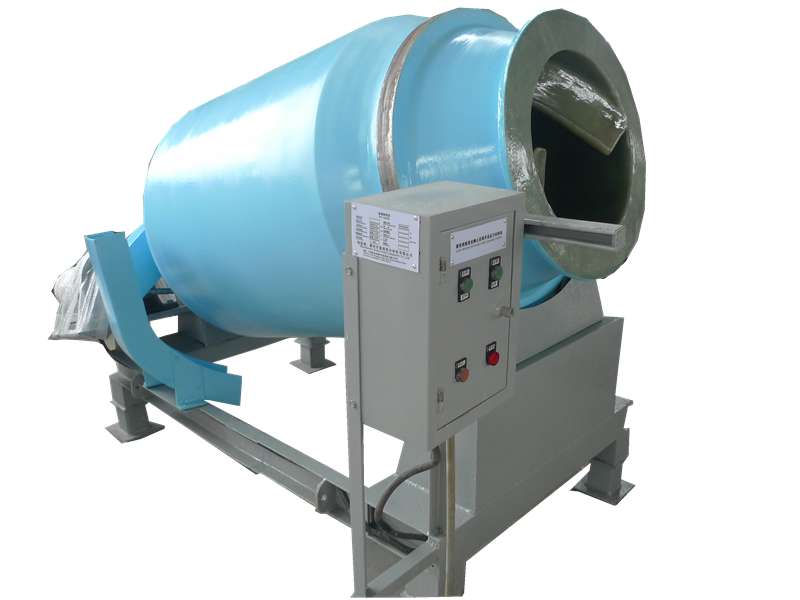
-
 Afrikaans
Afrikaans -
 Albanian
Albanian -
 Amharic
Amharic -
 Arabic
Arabic -
 Armenian
Armenian -
 Azerbaijani
Azerbaijani -
 Basque
Basque -
 Belarusian
Belarusian -
 Bengali
Bengali -
 Bosnian
Bosnian -
 Bulgarian
Bulgarian -
 Catalan
Catalan -
 Cebuano
Cebuano -
 China
China -
 China (Taiwan)
China (Taiwan) -
 Corsican
Corsican -
 Croatian
Croatian -
 Czech
Czech -
 Danish
Danish -
 Dutch
Dutch -
 English
English -
 Esperanto
Esperanto -
 Estonian
Estonian -
 Finnish
Finnish -
 French
French -
 Frisian
Frisian -
 Galician
Galician -
 Georgian
Georgian -
 German
German -
 Greek
Greek -
 Gujarati
Gujarati -
 Haitian Creole
Haitian Creole -
 hausa
hausa -
 hawaiian
hawaiian -
 Hebrew
Hebrew -
 Hindi
Hindi -
 Miao
Miao -
 Hungarian
Hungarian -
 Icelandic
Icelandic -
 igbo
igbo -
 Indonesian
Indonesian -
 irish
irish -
 Italian
Italian -
 Japanese
Japanese -
 Javanese
Javanese -
 Kannada
Kannada -
 kazakh
kazakh -
 Khmer
Khmer -
 Rwandese
Rwandese -
 Korean
Korean -
 Kurdish
Kurdish -
 Kyrgyz
Kyrgyz -
 Lao
Lao -
 Latin
Latin -
 Latvian
Latvian -
 Lithuanian
Lithuanian -
 Luxembourgish
Luxembourgish -
 Macedonian
Macedonian -
 Malgashi
Malgashi -
 Malay
Malay -
 Malayalam
Malayalam -
 Maltese
Maltese -
 Maori
Maori -
 Marathi
Marathi -
 Mongolian
Mongolian -
 Myanmar
Myanmar -
 Nepali
Nepali -
 Norwegian
Norwegian -
 Norwegian
Norwegian -
 Occitan
Occitan -
 Pashto
Pashto -
 Persian
Persian -
 Polish
Polish -
 Portuguese
Portuguese -
 Punjabi
Punjabi -
 Romanian
Romanian -
 Russian
Russian -
 Samoan
Samoan -
 Scottish Gaelic
Scottish Gaelic -
 Serbian
Serbian -
 Sesotho
Sesotho -
 Shona
Shona -
 Sindhi
Sindhi -
 Sinhala
Sinhala -
 Slovak
Slovak -
 Slovenian
Slovenian -
 Somali
Somali -
 Spanish
Spanish -
 Sundanese
Sundanese -
 Swahili
Swahili -
 Swedish
Swedish -
 Tagalog
Tagalog -
 Tajik
Tajik -
 Tamil
Tamil -
 Tatar
Tatar -
 Telugu
Telugu -
 Thai
Thai -
 Turkish
Turkish -
 Turkmen
Turkmen -
 Ukrainian
Ukrainian -
 Urdu
Urdu -
 Uighur
Uighur -
 Uzbek
Uzbek -
 Vietnamese
Vietnamese -
 Welsh
Welsh -
 Bantu
Bantu -
 Yiddish
Yiddish -
 Yoruba
Yoruba -
 Zulu
Zulu
Efficient Solutions for Fiber Reinforced Polymer Ductwork Installation and Maintenance
Understanding FRP Ductwork Benefits and Applications
Fiber-Reinforced Polymer (FRP) ductwork has emerged as a practical solution for various industries, especially where traditional materials may fall short in performance and durability. FRP duct systems are composed of a thermoset resin reinforced with fibers, typically glass, which provides a lightweight yet exceptionally strong alternative to mainstream materials like metal or plastic. This article delves into the benefits and applications of FRP ductwork, highlighting its growing popularity.
Advantages of FRP Ductwork
1. Corrosion Resistance One of the most significant advantages of FRP ductwork is its outstanding resistance to corrosion. Traditional metal ducts may suffer from rust and degradation when exposed to harsh chemicals or moisture-laden environments. FRP, on the other hand, is designed to withstand corrosive agents such as acids, alkalis, and salts, making it ideal for industries such as chemical processing, wastewater treatment, and food manufacturing.
2. Lightweight Design The lightweight nature of FRP materials is another notable benefit. This characteristic significantly reduces installation costs and time, as less structural support is required compared to heavier metal ducts. Workers can also handle and maneuver FRP sections with relative ease, which is an advantage in locations that might pose logistical challenges.
3. Thermal Insulation FRP ductwork provides excellent thermal insulation properties. Its low thermal conductivity helps maintain temperature control within the duct system, leading to enhanced energy efficiency. This characteristic is especially beneficial in HVAC applications, where maintaining temperature is crucial for comfort and energy savings.
4. Low Maintenance Due to its resistance to corrosion and other environmental factors, FRP ductwork requires minimal maintenance. This long lifespan reduces the costs associated with maintenance and replacements, allowing businesses to allocate resources more effectively.
5. Versatility and Customization FRP duct systems can be tailored to meet specific application requirements. They can be molded into various shapes and sizes, making them suitable for a wide range of environments, from industrial plants to commercial spaces. Additionally, FRP materials can be customized to enhance fire resistance, UV stability, and aesthetic appeal.
frp ductwork

Applications of FRP Ductwork
1. Chemical Processing In chemical plants, the presence of aggressive chemicals often makes traditional ductwork inadequate. FRP ducting systems excel in these environments due to their chemical resistance, safeguarding against leaks and maintaining system integrity.
2. Wastewater Treatment Facilities The corrosive nature of wastewater environments necessitates the use of durable materials. FRP ductwork is widely adopted in these facilities to transport air and gases safely while ensuring longevity and reliability.
3. HVAC Systems FRP duct systems are increasingly used in heating, ventilation, and air conditioning applications. Their lightweight nature and insulation properties contribute to more efficient HVAC operations, providing comfort while reducing energy consumption.
4. Pharmaceutical Industry The stringent standards in pharmaceutical manufacturing necessitate clean environments. FRP ductwork minimizes the risk of contamination and is easy to clean, making it a popular choice in this sector.
5. Food Processing Similar to pharmaceuticals, the food industry demands materials that are both hygienic and resistant to corrosion. FRP duct systems offer these advantages, ensuring food safety and compliance with health regulations.
Conclusion
In conclusion, FRP ductwork provides numerous advantages, including corrosion resistance, lightweight design, and low maintenance, making it an ideal choice for various applications across multiple industries. As businesses look for durable and efficient solutions to meet their operational needs, FRP duct systems will likely continue to gain traction as a preferred material in ductwork design. Whether in chemical processing, HVAC systems, or wastewater treatment, the versatility of FRP ductwork positions it as a viable investment for future projects.
Latest news
-
Exploring the Benefits of Top Hammer Drifter Rods for Enhanced Drilling PerformanceNewsJun.10,2025
-
High-Precision Fiberglass Winding Machine for GRP/FRP Pipe Production – Reliable & Efficient SolutionsNewsJun.10,2025
-
FRP Pipes & Fittings for Shipbuilding - Corrosion-Resistant & LightweightNewsJun.09,2025
-
Premium FRP Flooring Solutions Durable & Slip-ResistantNewsJun.09,2025
-
Premium Fiberglass Rectangular Tanks Durable & Lightweight SolutionNewsJun.09,2025
-
Tapered Drill String Design Guide Durable Performance & UsesNewsJun.09,2025









